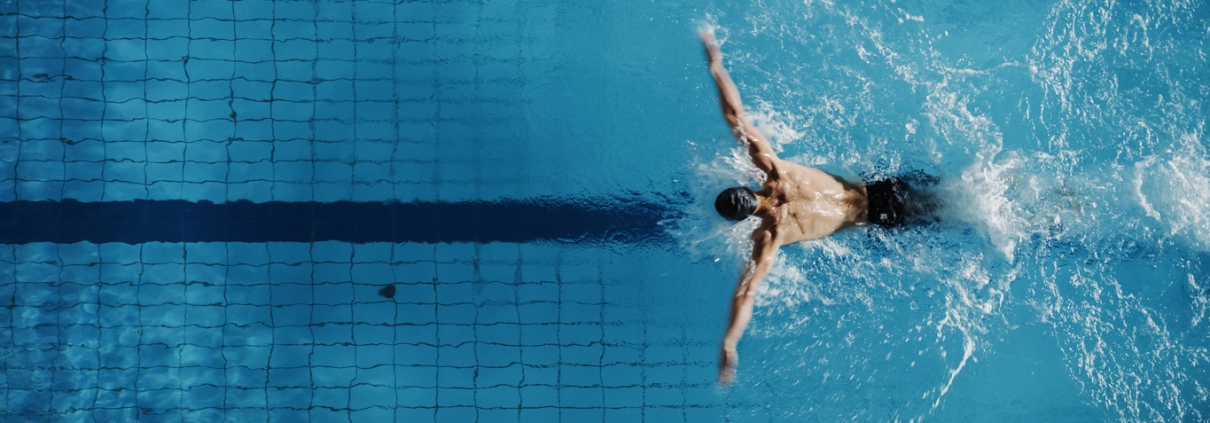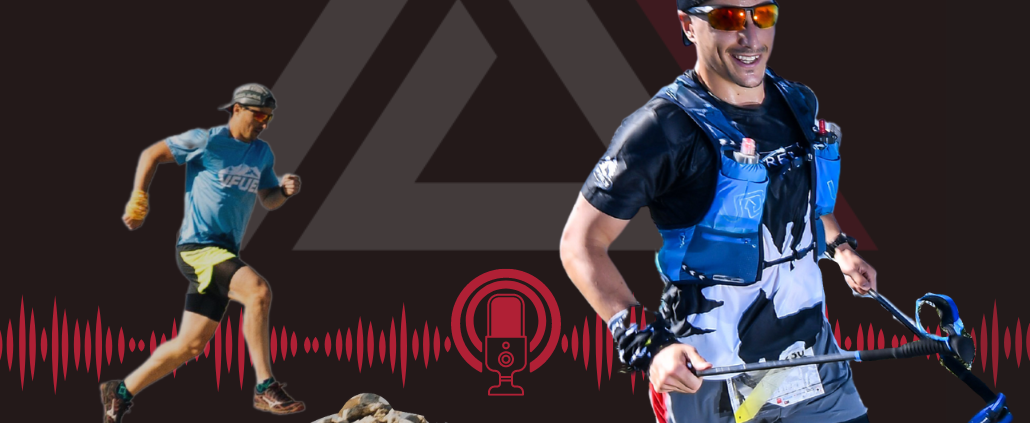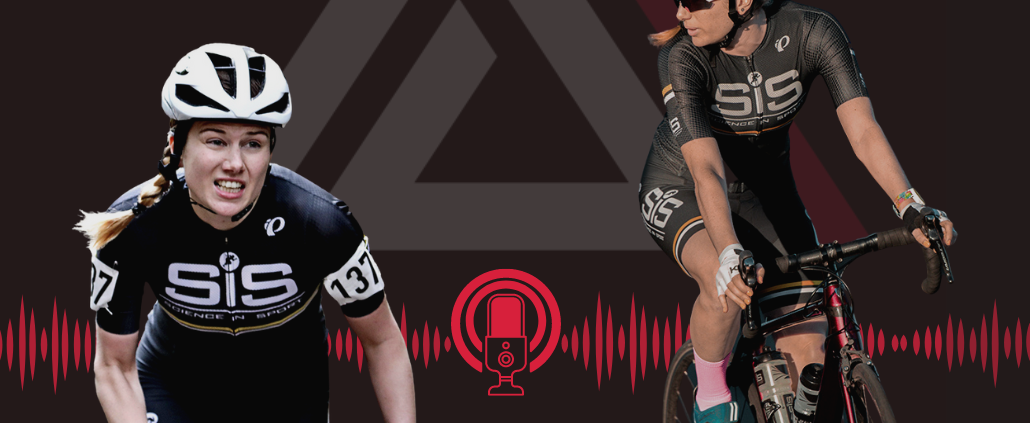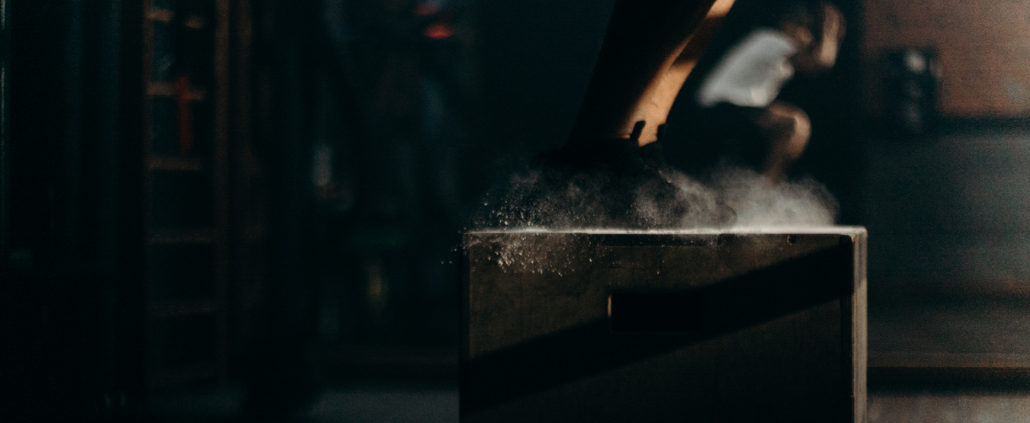Swimming and Burnout: How to Avoid It
Swimmers are prime candidates to experience burnout — here’s everything you need to know to set yourself up for success.
Swimming and burnout go hand in hand — to become a great swimmer, you need to put in countless hours in the water. But the depths of training don’t end once a swimmer steps out of the pool…
There are other strict routines that make up their weekly schedule — an intense diet, a recovery routine, gym sessions, and the pressure to succeed from themselves, their supporters (friends and family), and their coaches.
Swimming is intense, it’s difficult, and it requires a lot of dedication, perhaps more so than any other sport.
There’s a reason why so many elite swimmers encounter burnout or face a myriad of mental health issues. Take Michael Phelps, for example; the most successful and decorated Olympian of all time struggled with depression, anxiety, and suicidal thoughts for years while in the pool, later opening up about his struggles which inevitably helped others. Whether part of the problem was burnout or not, it signifies a serious issue for competitive swimmers and other athletes.
Then there’s Simone Manuel, a professional American swimmer who revealed her burnout diagnosis back in 2021. And let’s not forget the countless other swimmers who are unable to reveal their burnout as they risk losing sponsorship or a spot on the team.
So, this blog post will discuss swimming and burnout in more detail — what burnout is, what causes it, and how to avoid burnout in swimmers.
What is athletic burnout in swimming?
Athletic burnout is seen as a lasting experience of emotional and physical exhaustion. It’s typically met with a mix of symptoms such as a lack of motivation, a reduced sense of accomplishment, and even withdrawal from sport.
One study takes it a step further, saying: “burnout in swimming is characterised by mental and physical exhaustion, a devaluation of swimming, and successes often become less meaningful.”
But why are swimmers most at risk? According to one study, individual sports presented a higher risk of burnout and other depressive symptoms. Furthermore, competitive swimmers typically dive into the pool and begin training anywhere from the ages of seven to twelve.
From a very young age, swimmers put in two-plus-hour training sessions multiple times a week. Often, it starts off as fun or, for Phelps, a way to burn off extra energy. But for many swimmers, it can be challenging to know why they started in the first place.
It’s a sport that demands an excessive time and energy commitment, with those wearing the goggles and performing laps left to their own thoughts. You can likely already see why burnout is a risk and is perhaps more common than it should be.
What causes burnout in swimmers?
It’s rare that you’ll hear the term burnout spoken of without the mention of overtraining syndrome.
Overtraining syndrome is when an athlete engages in excessive exercise with inadequate rest and recovery, increasing their risk of burnout, but also physical injury. Stress also plays a key role — stress is essential for adaptation, but too much stress can contribute to overtraining and burnout. The stress can be out of the pool, too. For example, it could be academic pressures, family issues, or other social demands.
It’s when the stress gets too high (physical and emotional) that an athlete is at risk of both overtraining and burnout, as mentioned by Dr Ralph Richards, former swim coach and sports scientist at the Australian Institute of Sport.
The more we understand the risk factors and what causes burnout in swimmers, the easier it is for coaches and athletes to counter it.
How to avoid athletic burnout in swimming
There are numerous ways for coaches and swim athletes to avoid burnout in swimming.
Typically, the athlete will display signs of burnout and overtraining in training — this is likely to manifest as a decrease in training performance for 1 week or longer. It’s vital that the coach and athlete react to the symptoms early to prevent injury or a more serious case of burnout.
So, what can they do?
- Ensure good communication between the coach and athlete
- Create individualised training programs for swim athletes
- Increase training loads in a progressive manner
- Maintain variety and keep it fun
- Include activities that ensure success
Continue reading to find out more about each prevention strategy.
Ensure good communication
As Dr Ralph Richards mentions, it’s important to ensure good communication between the coach and athlete.
The swim athlete should feel comfortable with the coach — able to tell them if they feel a lack of motivation, confidence, or other risk factors associated with burnout.
But the same should be true for the coach-athlete relationship — the coach should be aware of the athlete’s performance and know when there’s an increased risk of burnout.
Good communication allows for early detection of burnout, making treatment easier.
Create individualised training programs for swim athletes
No two athletes are created the same in the pool or in any other sport — some athletes respond better to more intense training than others.
So, when creating a swim training plan, coaches should create these with each athlete in mind. It’s no good prescribing a dozen high-intensity intervals for an athlete who responds better to slightly less volume but equal intensity.
Also, if possible, the athlete should be involved when creating the training plan.
Increase training loads in a progressive manner
It’s the age-old rule for any type of training — progressive training is key to avoiding injury and burnout.
A good training plan should become progressively more difficult as the season goes on. Likewise, it’s important to include periods of low-intensity training and rest to ensure proper physical and mental recovery from the previous season or swim meets.
Maintain variety and keep it fun
Even if you’re competing for Olympic gold, you should be having fun in training. Granted, not every training session in the pool will be enjoyable — but there should be one or two sessions that you look forward to.
This will pique your interest and keep you motivated for training.
Include activities that ensure success
And finally, the coach should include activities and training sessions in a swim athlete’s training plan that ensures success.
The cognitive appraisal model is all about stress — how an athlete interprets an event or situation and whether they see it as stressful. If an athlete has had success in similar events, then they are likely to see the situation as less stressful, reducing the overall stress load.
This is important because cognitive appraisal is seen as an important variable in athletes experiencing burnout, as found in a 2017 study. By adding these periods of success, you can build up the confidence in swim athletes, reducing their overall stress levels and risk of burnout.
Use Rewire to combat stress and burnout
Whether you’re a swimmer, a triathlete, a cyclist, or anything in-between, you’re at risk of burnout. However, if you can reduce stress and better control your immediate environment, then you can likely reduce your risk of burnout.
Begin using the Rewire Fitness app today for free and begin mental training to help combat burnout and reduce stress.
Interested in finding out more about burnout? Read our guide on athlete burnout and how to prevent it.
Check out our podcast episode with Joe Fuggle as he shares his personal experience with burnout as a former elite GB athlete.
References:
Campbell, T.S., Johnson, J.A. and Zernicke, K.A., 2013. Cognitive appraisal. Encyclopedia of behavioral medicine, pp.442-442.
Gomes, A.R., Faria, S. and Vilela, C., 2017. Anxiety and burnout in young athletes: The mediating role of cognitive appraisal. Scandinavian journal of medicine & science in sports, 27(12), pp.2116-2126.
Gustafsson, H., 2007. Burnout in competitive and elite athletes (Doctoral dissertation, Örebro universitetsbibliotek). https://memberdesq.sportstg.com/assets/console/customitem/attachments/burnout-rrichards.pdf
Kreher, J.B. and Schwartz, J.B., 2012. Overtraining syndrome: a practical guide. Sports health, 4(2), pp.128-138.
Martin, J., Byrd, B., Hew-Butler, T. and Moore, E.W.G., 2021. A longitudinal study on the psychological and physiological predictors of burnout in NCAA collegiate swimmers. Journal of Applied Sport Psychology, pp.1-17.
Nixdorf, I., Beckmann, J. and Nixdorf, R., 2019. Prevention of burnout and depression in junior elite swimmers. In Mental health and well-being interventions in sport (pp. 31-44). Routledge.














